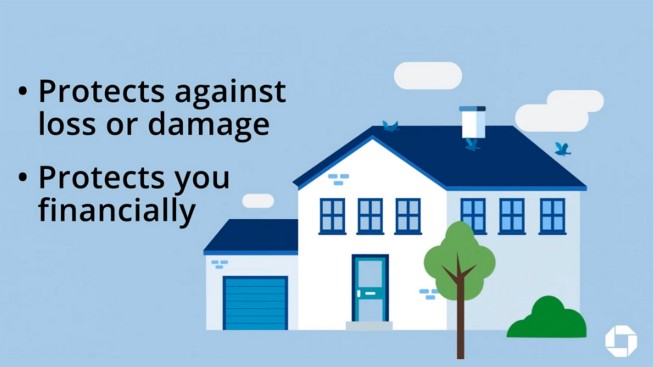Promissory note in real estate, explained

Taking out a mortgage means entering a legally binding contract. Like any contract — especially one involving a sizeable financial commitment — there’s a lot of paperwork involved! Knowing the legal jargon upfront isn’t an absolute must, but it’s beneficial to have a few common terms up your sleeve when the paperwork inevitably lands on your desk. One term you’ll almost certainly come across is a promissory note.
What is a promissory note?
When you take out a mortgage, you’ll sign many important documents, including a promissory note and a deed of trust. A promissory note is a legal document that states the borrower is indebted to the lender and promises to pay their mortgage back in full (including the principal and interest rate) by a specified date. Promissory notes describe exactly what you’re agreeing to and provide you with details regarding your loan.
In partnership with the promissory note, the deed of trust states the lender’s legal claim to the asset (the home, in this case) if the terms of the promissory note are not met. For example, if the borrower fails to pay their mortgage according to the terms, it may constitute a breach of the promissory agreement.
Once both the promissory note and the deed of trust are signed, the borrower and lender have evidence of this legally binding agreement. Your lender will typically provide you with a copy of the promissory note, along with several other documents, when you close on your home purchase. The lender will keep the original promissory note until the loan is paid off. There may be some circumstances, such as during a refinance, where the loan terms (and therefore, the promissory note terms) change and you will likely be issued a new document to sign.
Why promissory notes are used
Promissory notes are used to legitimize the agreement between the lender and the borrower in the eyes of the law. No promissory note may mean the loan contract isn’t legally binding or enforceable.
Can you get a mortgage without a promissory note?
Unless the lender uses a different document or terminology for “promissory note,” there typically wouldn’t be a mortgage in place without a promissory note. It is a crucial legal document to the mortgage process that holds both the borrower and the lender accountable to mutually agreed terms and conditions.
What is included in a promissory note?
A promissory note for a mortgage will generally include:
- The amount you owe
- Your interest rate
- Your payment schedule
- The total amount you will pay
- The length of your repayment schedule
- If, and how, the payments will change as time goes on
- Where your payments are meant to be sentdisc-investopia-promissory-pros-cons
Types of promissory notes
Since a promissory note can be so important, there are two types of promissory notes to know about:
- Secured: A secured promissory note is common in traditional mortgages. It means the borrower backs their loan with collateral. For a mortgage, the collateral is the property. If the borrower fails to pay back their loan, the lender has a legal claim over the asset and, in extreme cases, may foreclose on the property. As mentioned earlier, this is where the deed of trust comes in. Be sure to understand the terms of your mortgage and what may invoke the lender’s right to seize the property.
- Unsecured: An unsecured promissory note is not common in mortgages, but may be something you come across when taking out a personal loan. In this instance, unsecured means it isn’t backed by collateral. Instead, the promissory note is solely based on the borrower’s pledge to pay off the loan. Naturally, unsecured loans come with higher risk. As a result, they may be harder to obtain and often come with higher interest rates.
In summary
Promissory notes are an important part of every mortgage. They’re an official representation of your contract and include important details that hold both the borrower and lender accountable. Almost every traditional mortgage comes with a secured promissory note, which means your house serves as collateral for the lender. If you need clarity on the terms in your promissory note, it may help to speak with your lender today.



